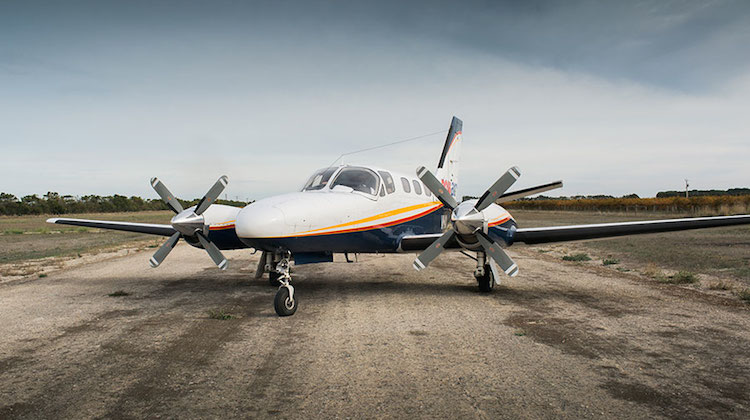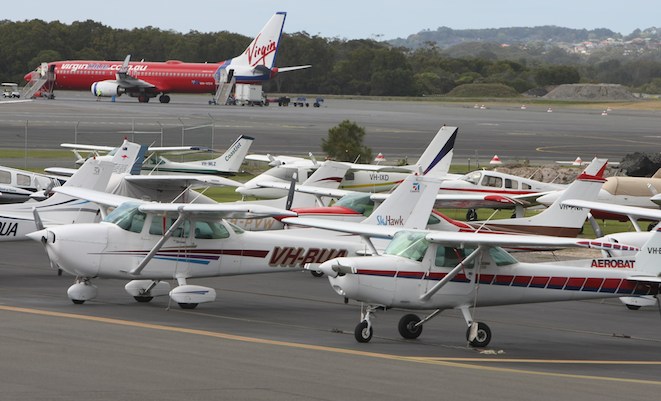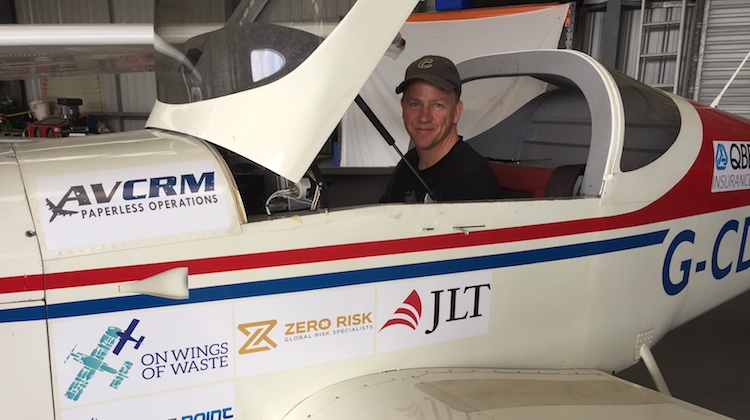
Federal Minister for Infrastructure and Transport Darren Chester says the outcomes of separate reviews into the general aviation (GA) sector and use of remotely piloted aircraft systems (RPAS) are expected to be known before the end of 2017. The Minister outlined the timetable for the two reviews at the biennial aviation safety conference Safeskies in

The Australian Transport Safety Bureau (ATSB) has ended an investigation into a possible collision between an aircraft and drone near Parafield Airport in Adelaide after concluding the incident involved a flying fox. The incident took place on July 11, when a single-engine Socata Tobago TB-10 VH-YTG was on final approach to runway 03L at Parafield

Charter operator Rossair has grounded its aircraft fleet after one of its Cessna Conquest twin turboprops crashed near Renmark, South Australia on Tuesday afternoon, killing all three on board. The aircraft, Cessna 441 Conquest II VH-XMJ, had been conducting a training flight from Adelaide to South Australia’s Riverland region and return. The accident occurred soon after the aircraft departed Renmark at

Australia’s general aviation sector will have a direct line of communication with the federal government as part of a newly-formed advisory group. Minister for Infrastructure and Transport Darren Chester has established the advisory group as part of efforts to improve consultation with those involved in general aviation. “The General Aviation Advisory Group will ensure the industry has

There was a significant flight that took place on Thursday morning at Illawarra Regional Airport at Wollongong. A two-seat Vans RV-9 set course for Tyabb, Victoria under the banner of the “10 per cent solution”. Powered by a single WAM120, three-cylinder turbo-diesel, the 120hp (90kW) powerplant uses conventional fuel blended with 10 per cent fuel

There were 31 aviation-related fatalities in Australia in 2015, with the bulk of those deaths occurring in the general and recreational aviation sectors, new figures show. The statistics are outlined in a report from the Australian Transport Safety Bureau (ATSB) published on Wednesday covering aviation occurrence statistics between 2006 and 2015. Recreational aviation recorded 18












